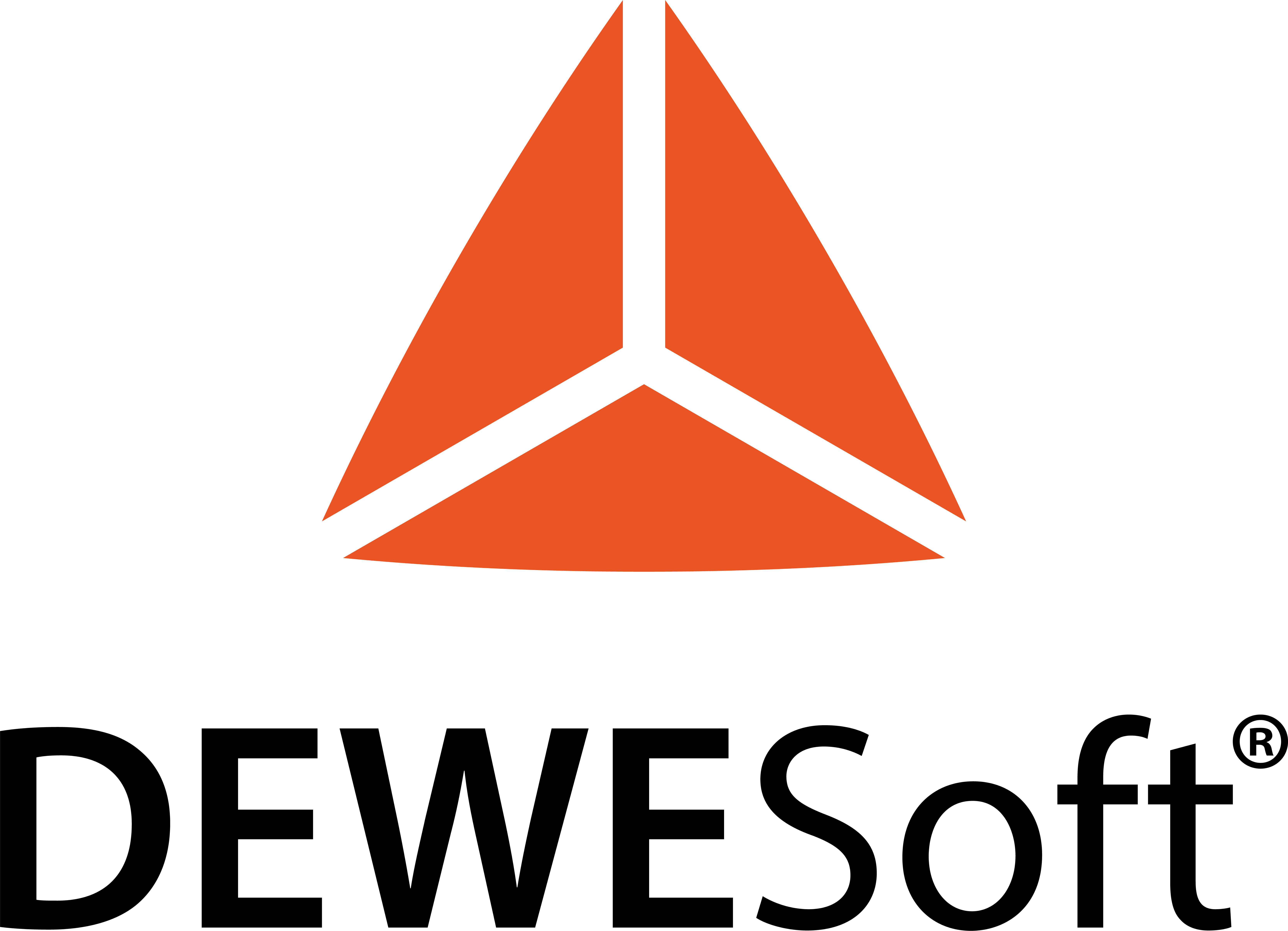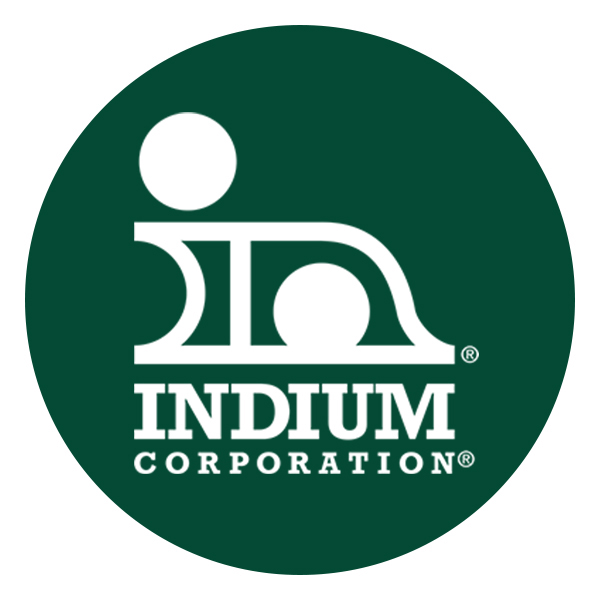Web exclusive
Amprius rolls out high-density SiCore batteries with extended cycle life
Amprius Technologies, a manufacturer of next-generation lithium-ion batteries, has unveiled its new SiCore product platform, with the aim of revolutionising electric mobility.
The company has also branded its existing silicon nanowire platform, SiMaxx, with its current product range of up to 500 Wh/kg and 1,300 Wh/L energy density.



















